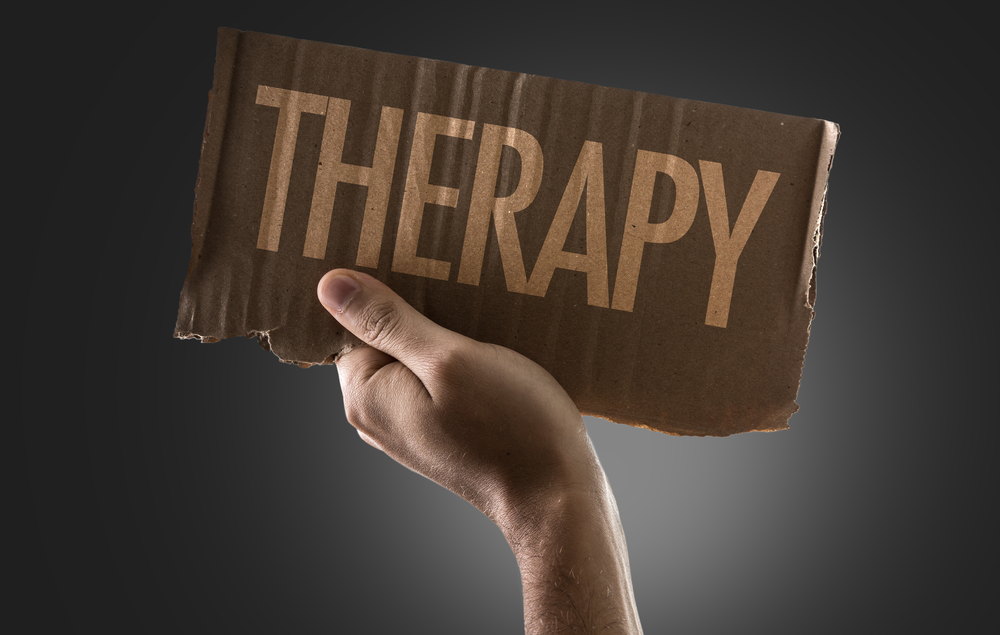Create the Perfect Treatment Plan for Your Depression in 3 Steps: Part 1


First in a series of two columns on creating a plan to treat depression.
In my last column on preventing and identifying depression, I promised to create a guide to help you come up with a perfectly individualized plan to treat your depression. Just as no two cases of ALS are alike, each case of depression is unique. Knowing precisely what you want your treatment experience to be like is the key to figuring out the best plan for your particular case.
That probably sounds fairly obvious, but the thing is, it’s hard to know what you want when you don’t know what your options are. In three clear steps, I will guide you through the options available so you can create a treatment plan for your depression. You’ll find the first two steps below in this column. I’ll share the third step in the next installment of this two-part series.
Step 1: Decide who to involve in your treatment plan
Therapy is at the heart of any treatment plan for depression. If you are new to seeking help for depression, even the titles of professionals who are qualified to provide therapy can be confusing. Psychologists and counselors use different types of talk therapy to help you.
According to Monash University, the most significant difference between psychologists and counselors is that a psychologist focuses on a long-term, in-depth treatment plan that can accommodate managing mental illness, whereas a counselor tends to be a short-term aid for specific problems (like addiction). For this column, I will refer to both psychologists and counselors as therapists.
Choosing a professional based on the duration of support they offer can be a good place to start, but it’s not truly necessary to know how long your treatment should last at this point. I like to err on the side of having a long-term structure to my treatment because I have several issues that complicate the work I do in therapy, such as anxiety and post-traumatic stress disorder (PTSD).
Keep in mind, though, that a counselor typically won’t put an end date on your work and kick you out whether or not you are stable, just like a psychologist won’t usually demand you continue therapy after you have achieved an acceptable level of wellness. Your mental health and safety should always be the first priority.
A psychiatrist is the only mental health professional who can prescribe medicine. If you are considering adding medicine to your treatment but are nervous, here are a few things to keep in mind:
- You don’t have to make the decision about starting medication alone. You can discuss the matter with your therapist, who can then recommend a psychiatrist and partner with them to treat you.
- Medication can make your therapy more successful. In my experience, medication stabilizes me to the point that I can think and express myself clearly in therapy.
- There are a lot of scary myths about medicine, the most popular being that it will turn you into a zombie. However, if your medicine is doing its job, you should actually feel like your vibrant old self. Finding the right medication may take some time and experimenting, and yes, there will probably be unpleasant side effects along the way. But a good psychiatrist won’t give up until you see the results you are looking for.
Step 2: Choose which type(s) of therapy is right for you
Once you have some idea of whom you would like to involve in your treatment, it’s time to research what kinds of therapy you want. That’s right, more than one kind of therapy is available. No one informed me of this for several years, though, and during that time, I just let therapy happen to me. When I hit a plateau, I quit therapy. I inevitably returned, but I became jaded, thinking that I was doomed to never make true headway.
Everything changed when, in my first meeting with a new therapist, the woman asked me what types of therapy I had tried and which I preferred.
I gave her a blank stare, wondering what I had missed.
“How about cognitive behavioral therapy?” she prompted. “That’s a pretty common one.”
“I don’t know what that is,” I admitted.
She explained what cognitive behavioral therapy (CBT) entails, and I realized that I had only ever worked with therapists who loosely practiced CBT. We agreed that it might be time to try something else, though returning to CBT later was still on the table. After our session, I sat at the bus stop and used my phone to research different types of therapy. My reading absorbed me so much that I almost missed the bus. I poured over Psychology Today‘s lengthy list of types of therapy, my heart rising in my chest like a balloon as seemingly endless possibilities blossomed before me.
Check back next week for part two of this series. For step 3, I will explore the types of therapy I recommend for coping with ALS-based depression, and share how to turn your perfect treatment plan into reality!
***
Note: ALS News Today is strictly a news and information website about the disease. It does not provide medical advice, diagnosis, or treatment. This content is not intended to be a substitute for professional medical advice, diagnosis, or treatment. Always seek the advice of your physician or other qualified health provider with any questions you may have regarding a medical condition. Never disregard professional medical advice or delay in seeking it because of something you have read on this website. The opinions expressed in this column are not those of ALS News Today or its parent company, Bionews Services, and are intended to spark discussion about issues pertaining to ALS.







Leave a comment
Fill in the required fields to post. Your email address will not be published.